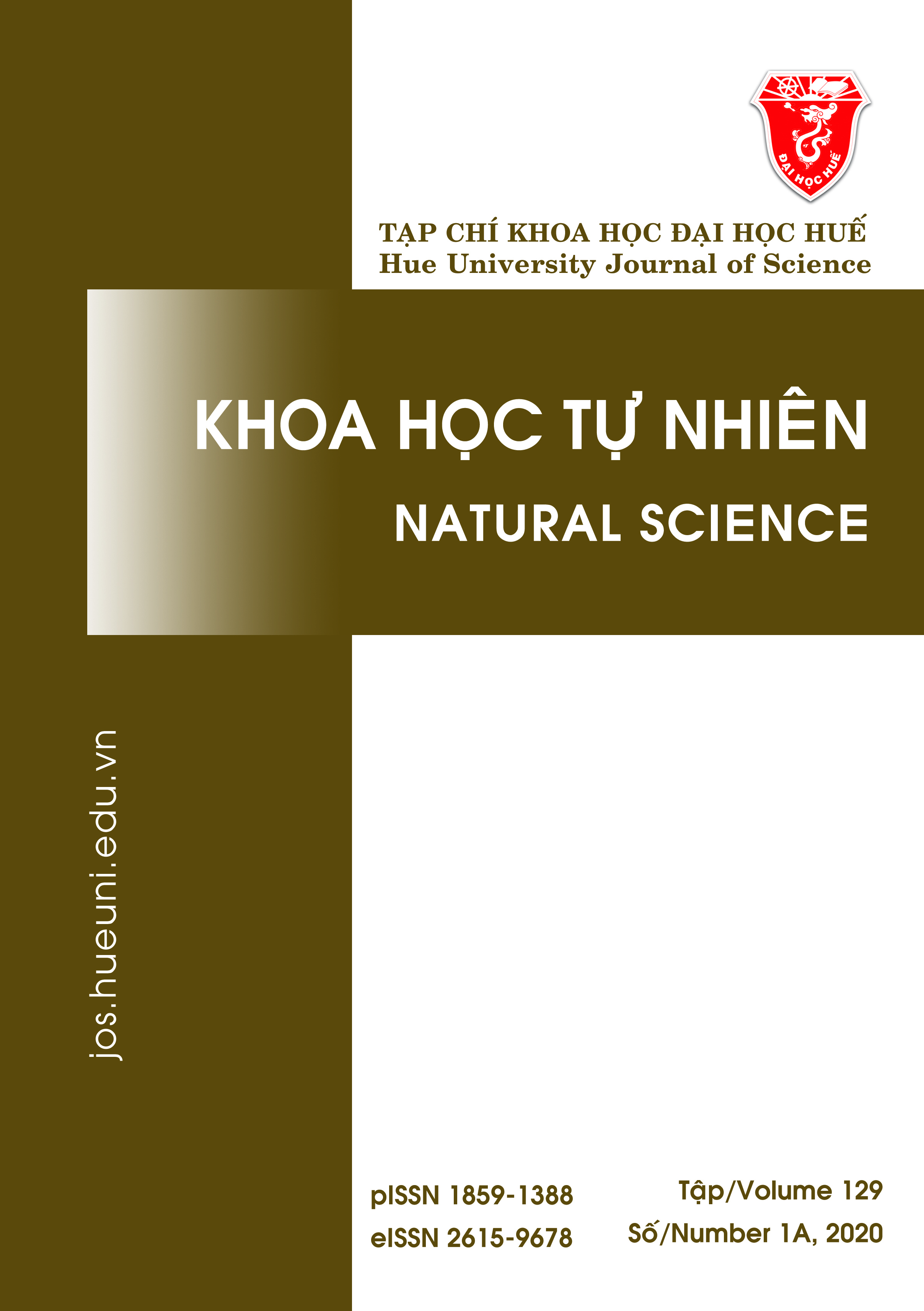Abstract
Acute hepatopancreatic necrosis disease (AHPND) is a disease caused by bacteria, with the death ratio up to 100% in the population of Litopenaeus vannamei and Penaeus monodon, and causes great economic losses to many shrimp‐producing countries in Asia. Previous studies have shown that not all strains of Vibrio can cause AHPND because they contain different toxin genes, such as pirAvp, pirBvb, tlh, trh, and tdh. In this study, we evaluate the presence of several toxic genes on Vibrio isolates from Thua Thien Hue province and analyze the sequence of these genes. The results show that in 14 Vibrio strains carrying pirABvp gene, the tlh and toxR genes occur in 14/14 and 7/14 strains, respectively, while none of them have the two genes of trh and tdh. Analyzing the sequence of four DNA fragments shows that these genes have high similarity (98–100%) compared with the genes announced on the Genbank. Genes pirAvp and pirBvp are less different, while tlh and toxR genes are more different. The results could be used for further studies in the production of bioproducts for the prevention and treatment of acute hepatopancreatic necrosis disease in shrimp.
References
- de la Pena LD, Cabillon NA, Catedral DD, Amar EC, Usero RC, Monotilla WD, et al. Acute hepatopancreatic necrosis disease (AHPND) outbreaks in Penaeus vannamei and P. monodon cultured in the Philippines. Dis Aquat Organ. 2015;116(3):251-254.
- Giang NTT, Toàn PV, Hùng PQ. Hội chứng hoại tử gan tụy ở tôm chân trắng (Litopenaeus vannamei) nuôi thương phẩm tại Ninh Thuận. Tạp chí Khoa học – Công nghệ Thủy sản. 2016; 1:32-40.
- Lụa ĐT, Khuê NV, Vân PT. Non-Vibrio parahaemolyticus gây bệnh hoại tử gan tụy cấp (AHPND) trên tôm nuôi. Tạp chí Khoa học Nông nghiệp Việt Nam. 2016;14(5):690-698.
- Han JE, Tang KFJ, Tran LH, Lightner DV. Photorhabdus insect-related (Pir) toxin-like genes in a plasmid of Vibrio parahaemolyticus, the causative agent of acute hepatopancreatic necrosis disease (AHPND) of shrimp. Diseases of Aquatic Organisms. 2015;113(1):33-40.
- Lee CT, Chen IT, Yang YT, Ko TP, Huang YT, Huang JY, et al. The opportunistic marine pathogen Vibrio parahaemolyticus becomes virulent by acquiring a plasmid that expresses a deadly toxin. Proceedings of the National Academy of Sciences. 2015;112(34):10798.
- Sirikharin R, Taengchaiyaphum S, Sanguanrut P, Chi TD, Mavichak R, Proespraiwong P, et al. Characterization and PCR detection of binary, Pir-like toxins from Vibrio parahaemolyticus Isolates that cause Acute Hepatopancreatic Necrosis Disease (AHPND) in shrimp. PLOS ONE. 2015;10(5): e0126987.
- Yang YT, Chen IT, Lee CT, Chen CY, Lin SS, Hor LI, et al. Draft genome sequences of four strains of Vibrio parahaemolyticus, three of which cause early mortality syndrome/Acute Hepatopancreatic Necrosis Disease in shrimp in China and Thailand. Genome Announc. 2014;2(5):e00816-14.
- Nishibuchi M, Kaper JB. Thermostable direct hemolysin gene of Vibrio parahaemolyticus: a virulence gene acquired by a marine bacterium. Infect Immun. 1995;63(6):2093-2099.
- Mahmud HZ, Kassu A, Mohammad A, Yamato M, Bhuiyan NA, Balakrish Nair G, et al. Isolation and molecular characterization of toxigenic Vibrio parahaemolyticus from the Kii Channel, Japan. Microbiological Research. 2006;161(1):25-37.
- Kim YB, Okuda J, Matsumoto C, Takahashi N, Hashimoto S, Nishibuchi M. Identification of Vibrio parahaemolyticus strains at the species level by PCR targeted to the toxR gene. Journal of Clinical Microbiology. 1999;37(4):1173-1177.
- Gutierrez West CK, Klein SL, Lovell CR. High frequency of virulence factor genes tdh, trh, and tlh in Vibrio parahaemolyticus strains isolated from a pristine estuary. Applied and Environmental Microbiology. 2013;79(7):2247-2252.
- Duy NV, Ly NTC. Phân lập và xác định gen độc tố của Vibrio parahaemolyticus trong hải sản tươi sống ở Nha Trang. Tạp chí Khoa học-Công nghệ thủy sản. 2012;2:42-47.
- Han JE, Mohney LL, Tang KFJ, Pantoja CR, Lightner DV. Plasmid mediated tetracycline resistance of Vibrio parahaemolyticus associated with acute hepatopancreatic necrosis disease (AHPND) in shrimps. Aquaculture Reports. 2015;2:17-21.

This work is licensed under a Creative Commons Attribution-ShareAlike 4.0 International License.
Copyright (c) 2020 Array





